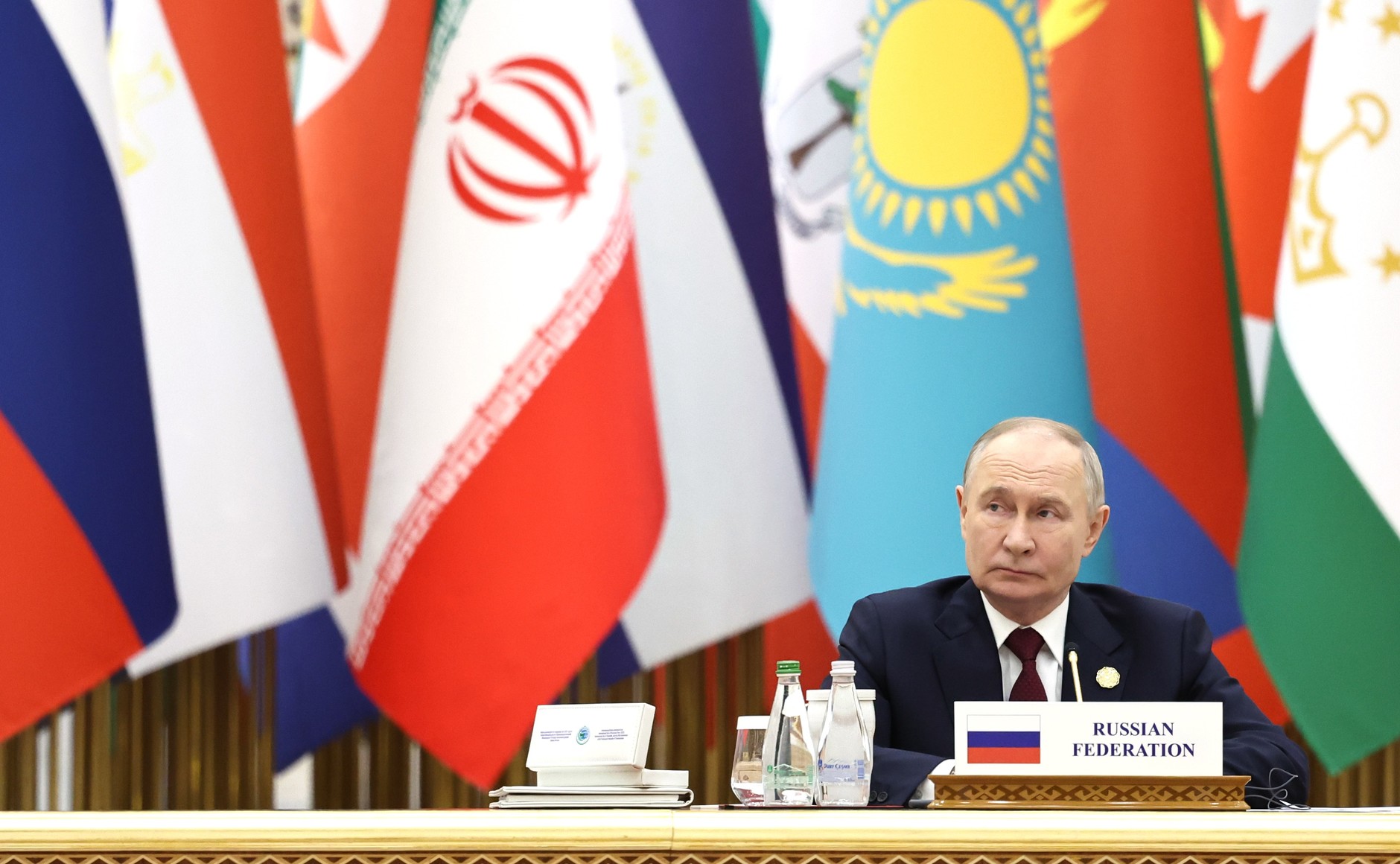After receiving independence back in 1991, young Turkmen state has faced the issue of selection of national model of development, which would be based on historical practice, national heritage and available resources. It was important to define the ways of monetization of one of the main reserves of the country – huge natural gas resources, in strengthening of economic independence. For many years, Central Asia – Center pipeline system was the only route for supplying Turkmen gas to Russia and Europe. From the first days of its independence, Turkmenistan strived to make its own pipeline system for diversified delivery of energy resources to international gas markets.
The first measures in this direction have been made with the launch of two gas lines to Iran. The construction of 200-km pipeline from Korpeje in the Western Turkmenistan to Gurt-Guyi in the northeastern Iran with throughput capacity of 8 billion cubic meters of gas per year has been accomplished in December 1997. Dovletabat – Serakhs – Hangeran pipeline has become the second pipeline from Turkmenistan to Iran. Construction of the pipeline, all relative works have been carried out by Turkmen specialists of “Maryneftegazstroy” division of Turkmengaz State Concern. The length of the pipeline in Turkmenistan is 30.5 kilometers. Project capacity of the line is 12 billion cubic meters of gas per year. New gas line allowed Turkmenistan increasing supply of gas to Iran up to 14 billion cubic meters and to reach the supply of Turkmen gas up to 20 billion cubic meters per year in the future.
The main Turkmenistan – China (Central Asia – China) gas pipeline, which transits Uzbekistan and Kazakhstan, was a breakthrough in diversification of export routes of Turkmen gas. The pipeline has been commissioned on December 14, 2009 at the ceremony in Saman-Depe, from where the pipeline, which tras[orts natural gas from Bagriyarlyk Field, starts.
Total length of Central Asia – China pipeline is 1,833 km and has throughput capacity of 65 billion cubic meters per year. The gas line turned Turkmenistan into the main suppliers of pipeline gas to one of the biggest and rapidly growing market of the world.
Trying to improve its positions among the main suppliers of natural gas to the world markets, Turkmenistan has started another mega project, Trans-Afghan gas pipeline in 2015. The line will start from the second biggest Turkmen gas field Galkynysh and run through Afghan cities of Herat and Kandahar and will reach its final destination point in Fazilka settlement at the border of Pakistan and India.
The construction of Turkmenistan – Afghanistan – Pakistan – India gas line with project capacity of 33 billion cubic meters of gas per year has not only regional but also global significance. The project is to create new perspectives for development of international cooperation in Asia, to strengthen energy security and economic stability in complicated region, to promote peaceful process in Afghanistan. the Framework Agreement on pipeline and Intergovernmental Agreement on TAPI gas pipeline have been signed by the outcomes of the Summit of the heads of the state members of the project on December 11, 2010 in Ashgabat.
Turkmenistan has sufficient resource base for export of natural gas not only to northern, eastern and southern but also in western direction. The date of audit of British company Gaffney, Cline and Associates Ltd. prove feasibility of the plans of Turkmenistan to supply 30 billion cubic meters of natural gas to Europe by Trans-Caspian pipeline for 30 years.
Trying to diversify its gas import, European Union expressed interest in realization of this project and connection of Turkmenistan to the South Gas Corridor, which is used to supply gas from Caspian Region to Europe. The conditions for supply of Turkmen gas to Europe have been made after completion of construction of internal 773-km East – West pipeline with throughput capacity of 30 billion cubic meters of gas per year. The commissioning of the pipeline has been held in the end of 2015. After its commissioning, the Unified Gas Transport System of the country has been formed.
External conditions for construction of Trans-Caspian gas pipeline of the total length of 300 km between Turkmen and Azeri coasts of Caspian Sea have become more favorable in the last years. Signing of the Convention on Legal Status of the Caspian Sea by five Caspian states on August 12, 2018 was very important. Another obstacle was covered on January 21 this year when the Memorandum of Understanding on joint exploration and development of hydrocarbon resources of Dostluk offshore field has been signed between the governments of Turkmenistan and Azerbaijan. The document has been already ratified by the Parliament of Turkmenistan.
Ogulgozel Rejepova






